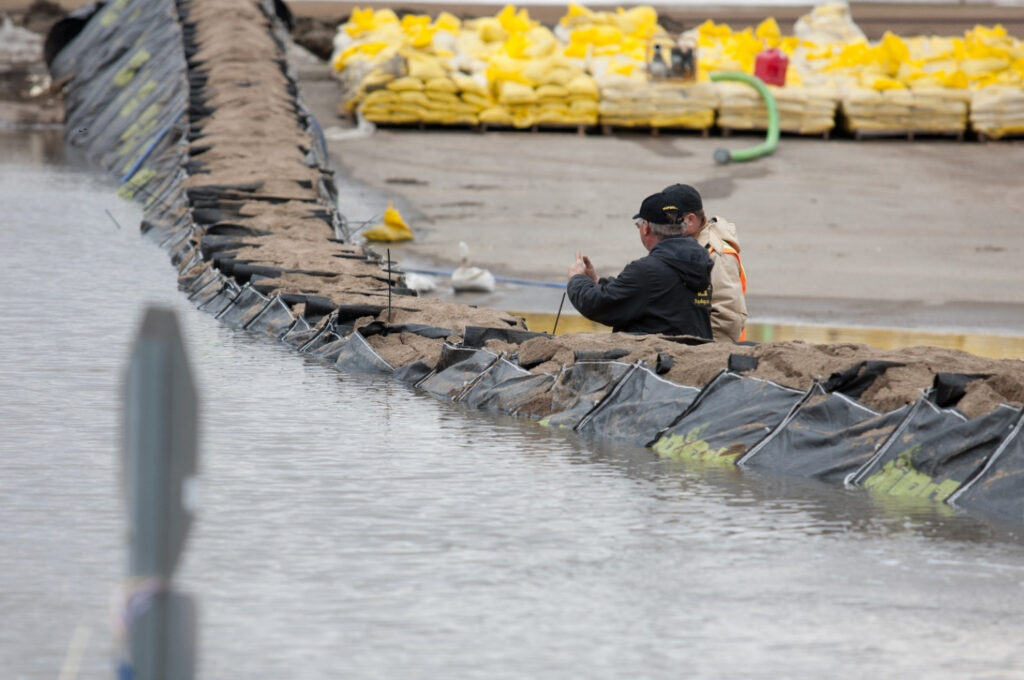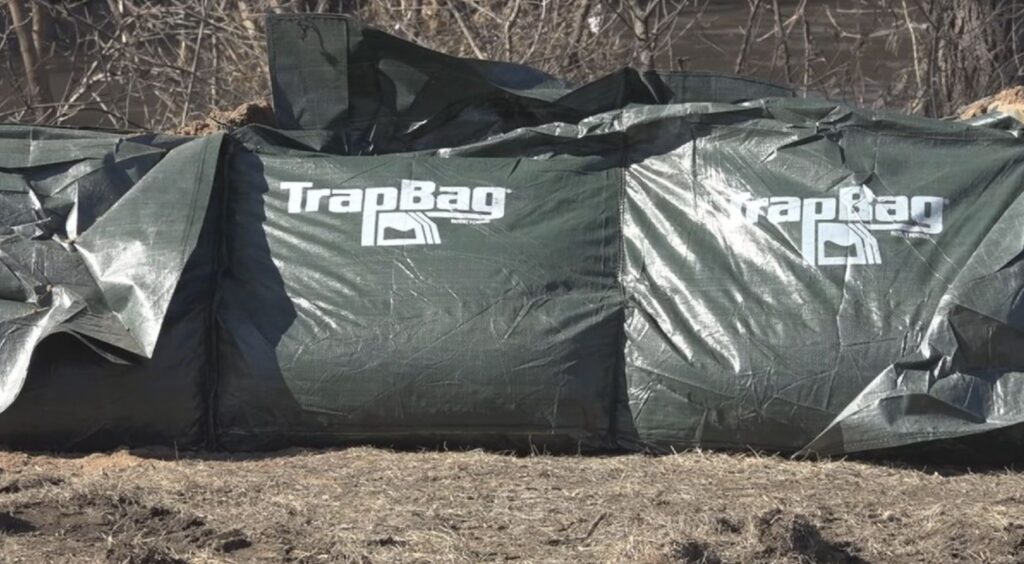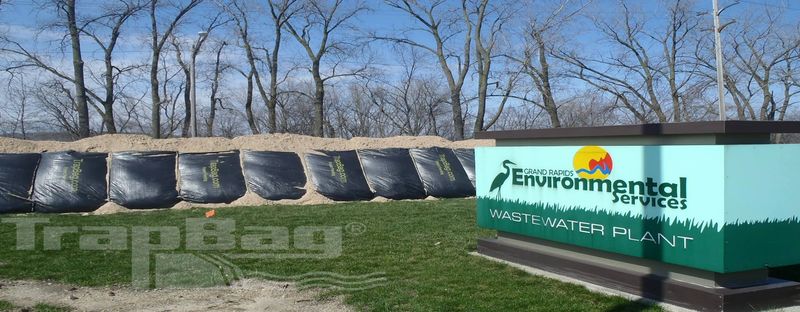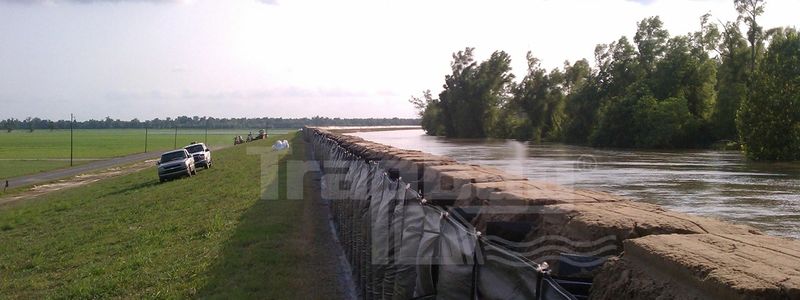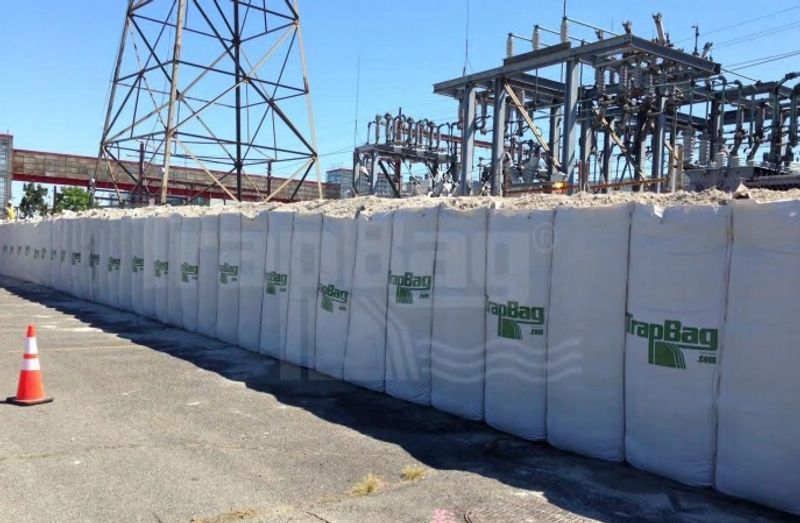TrapBag® for Flood Protection
TrapBag industrial flood barriers create a stable, durable barrier that keeps water away from vulnerable buildings and infrastructure. Whether it’s ahead of spring flooding or a predicted storm surge from a hurricane, these flood barrier bags are designed to keep water out while minimizing the labor you need to deploy them.
These barriers are a chain of interconnected cells that are sloped on one side and vertical on the other for structural integrity. They’re large and sturdy enough that one 100-foot section of TrapBags replaces roughly 8,000 sandbags.
Why Use TrapBag®?
- Crews and emergency management experts have installed thousands of miles of TrapBag barriers worldwide because they:
- Withstand extreme water pressure and harsh environmental conditions.
- Require less labor and time compared to traditional sandbag barriers.
- Need fewer materials and less heavy equipment to deploy.
- Are suitable for many water control applications, including construction, infrastructure repair, erosion control, and flood prevention.
- Minimize environmental impact without sacrificing effective water displacement.
How to Deploy TrapBag Barriers
TrapBag® Barriers are easy to deploy. Each bundle of TrapBag® Barriers come in 50-ft sections and arrives ready for installation in its packaging.
-
Open the packaging: Your TrapBag® barrier comes folded up on a pallet. Pull each unit you need out like an accordion and stretch it up to 50 linear feet.
-
Place the barrier where you need it: Place the TrapBag® barrier wherever you need it to mitigate flood damage or divert water.
-
Fill the cells: A team of three people with an excavator or skid steer can fill your TrapBag® barrier within minutes with sand, washed gravel, or concrete. You can also stack a 2-ft barrier on top of it for added height. Anything over 6 feet tall requires a pyramid configuration (2 rows of 4-ft back-to-back with the third row stacked on top).
Who Uses These Flood Barriers
List the different types of clients and industries TrapBag can and has worked with for this product:
Emergency management
Explain how this single service helps them specifically.
Learn More »Civil engineering
- Explain how this single service helps them specifically.
Infrastructure protection
As a next-generation commercial flood barrier, companies and agencies of all sizes
Learn More »Projects
How TrapBag® Compares to:
Sandbags have been utilized for flood protection in some form for thousands of years, and they’re still commonly used as flood barriers in construction and some industrial applications. They’re also cost-effective and sturdy when installed properly.
However, sandbags have a notoriously high margin of error—and the price could be damage to homes and property if your sandbag barrier gives way during a flooding event.
By contrast, a team of two people with a skid steer or other machinery can fill a TrapBag barrier in under an hour. These barriers are leak-resistant and can withstand thousands of pounds of constant water pressure during severe floods.
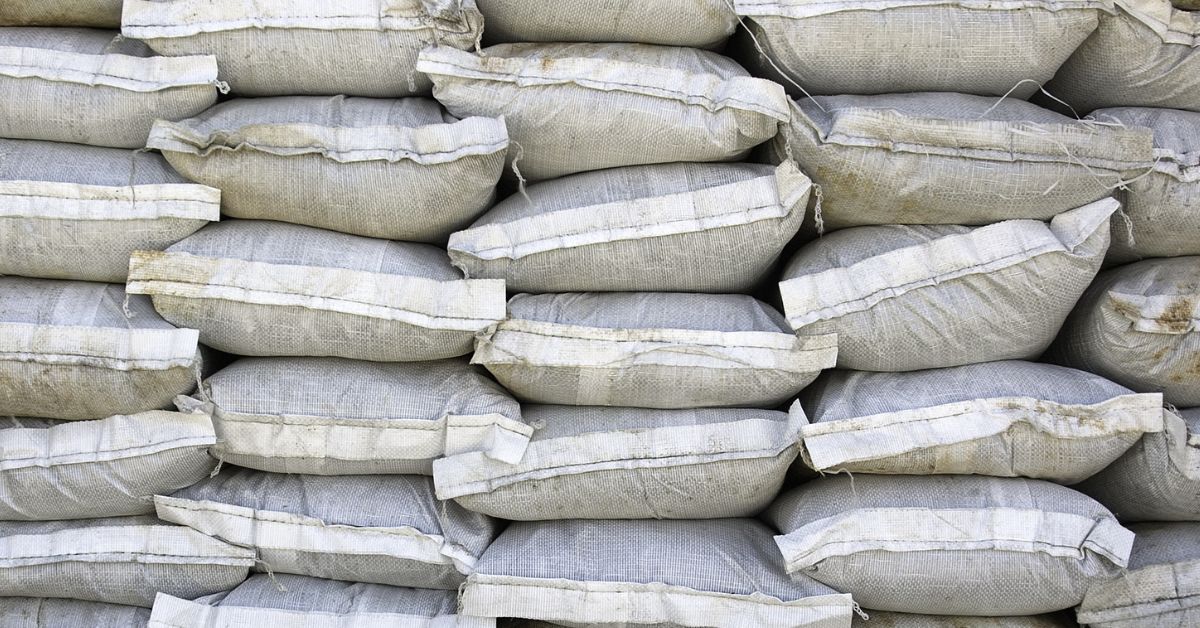
These barriers are made of aluminum or other lightweight metals. While they can also be used to control the flow of motor traffic around construction sites, they’re primarily used to divert water away from vulnerable areas like sewer systems and water treatment plants.
However, unlike TrapBag barriers, aluminum flood walls are not easy to stack in the event of major floods or levee breaches. This can lead to disaster if the water overtakes the top of the barrier—or even knocks it down.
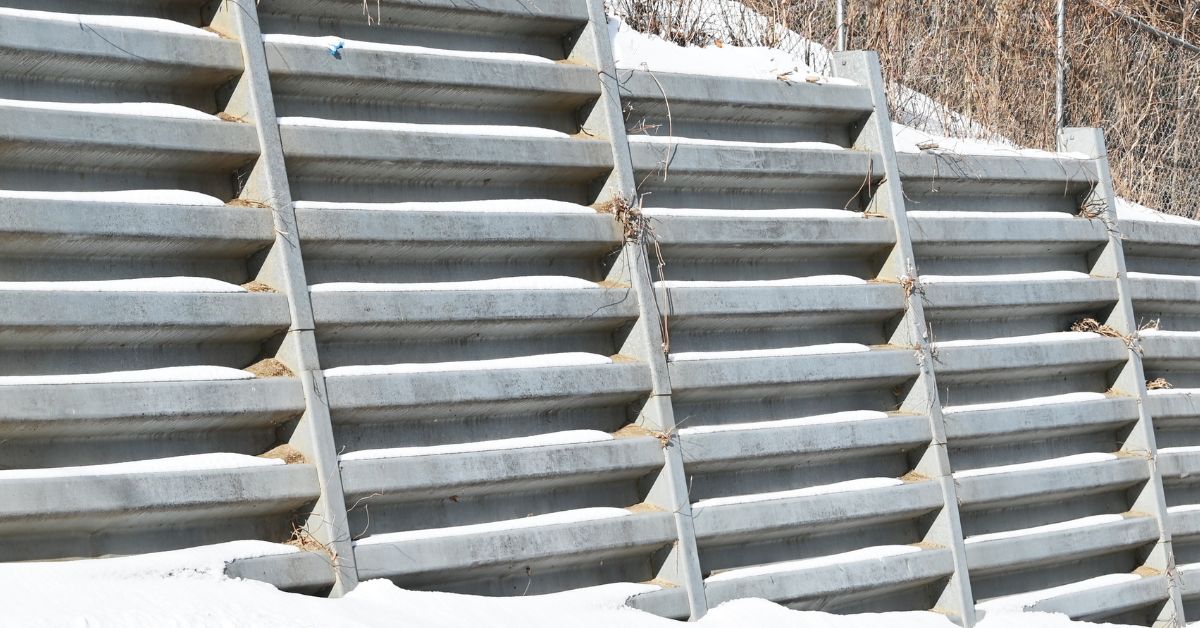
This style of flood barrier uses the power of water inside a sandbag-like barrier to keep the water outside the barrier from reaching structures. They are a reusable option that can be deployed with enough notice.
However, water barriers can also puncture more easily than other industrial flood barriers like TrapBag. Since debris is a common factor during river floods and storm surge events, water barriers can become ineffective relatively easily.
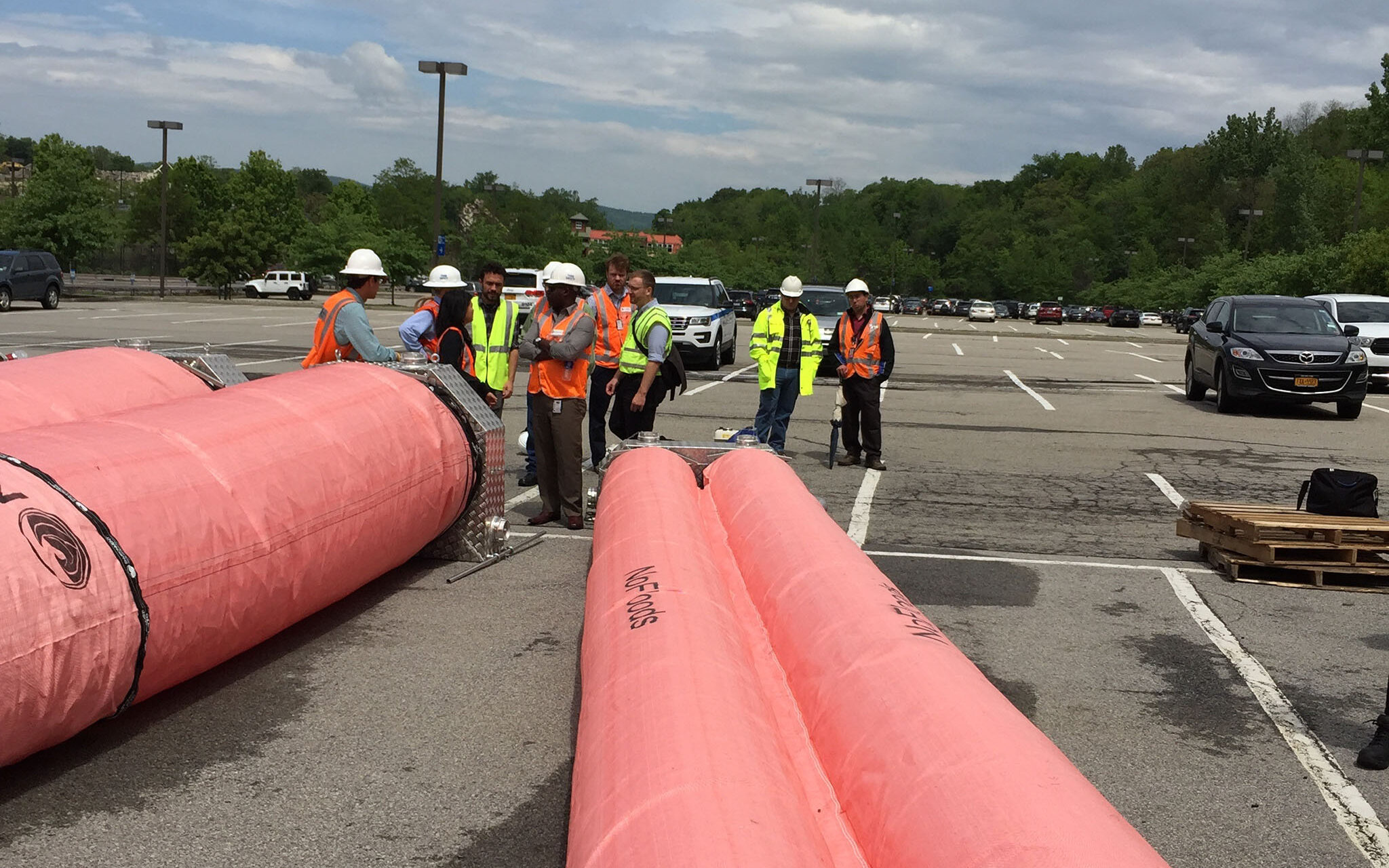
About the TrapBag® Team
TrapBag was first designed in 2004 by our founder, Everett “Buzz” Waid, as an all-around improved alternative to traditional flood control solutions after a hurricane devastated his Florida community.
Protecting what matters most to you—including lives and property—is our top priority. Commercial and public property managers all over the world trust our personalized guidance and support through any project or emergency management situation. We’re proud to help industries and communities like yours stay prepared for the storm.
You won’t have to wait for our business hours to get help when you need it most. Our team is ready to help you get the flood protection you need across multiple countries and continents.

